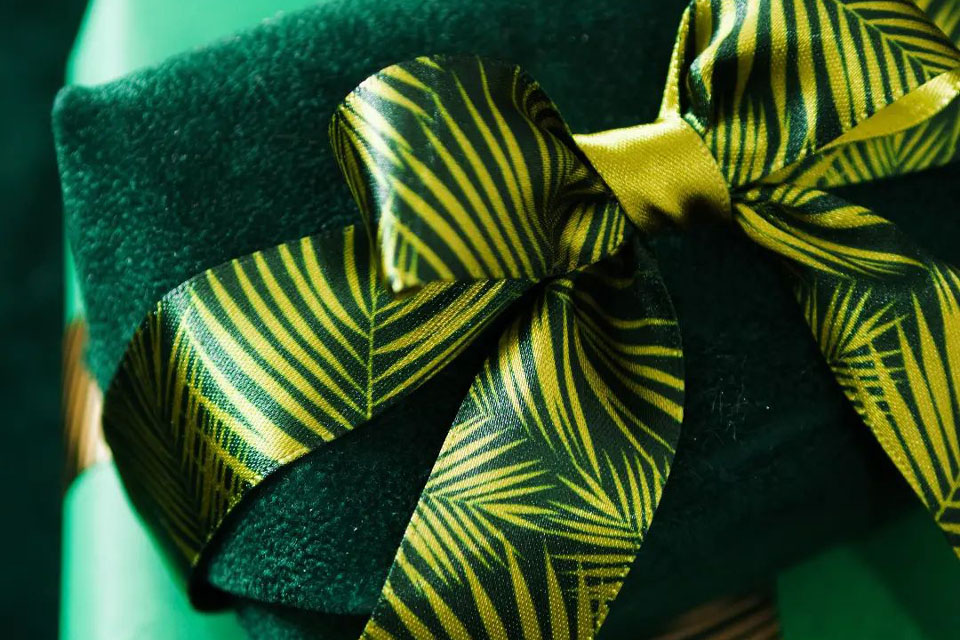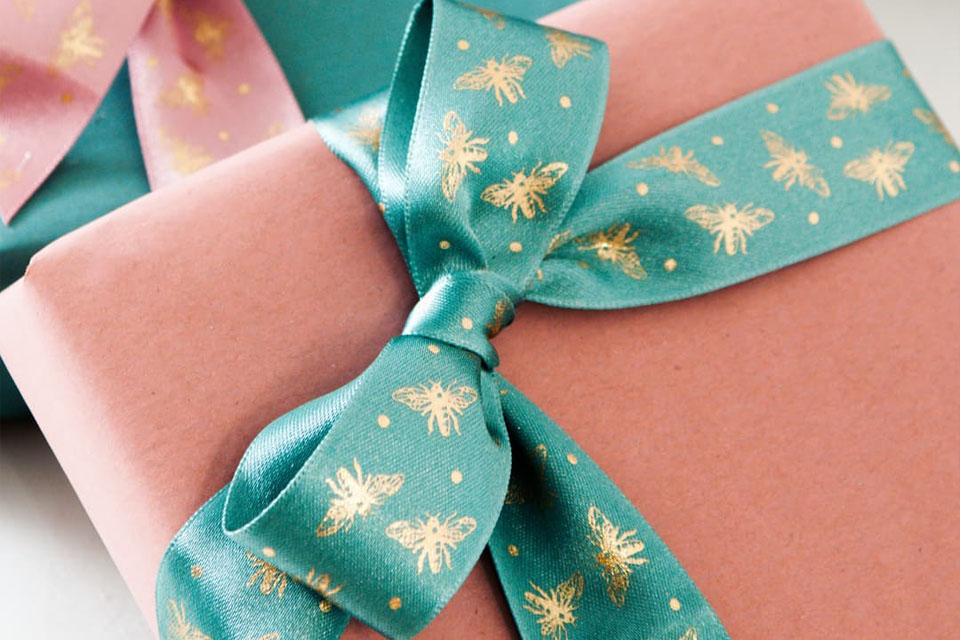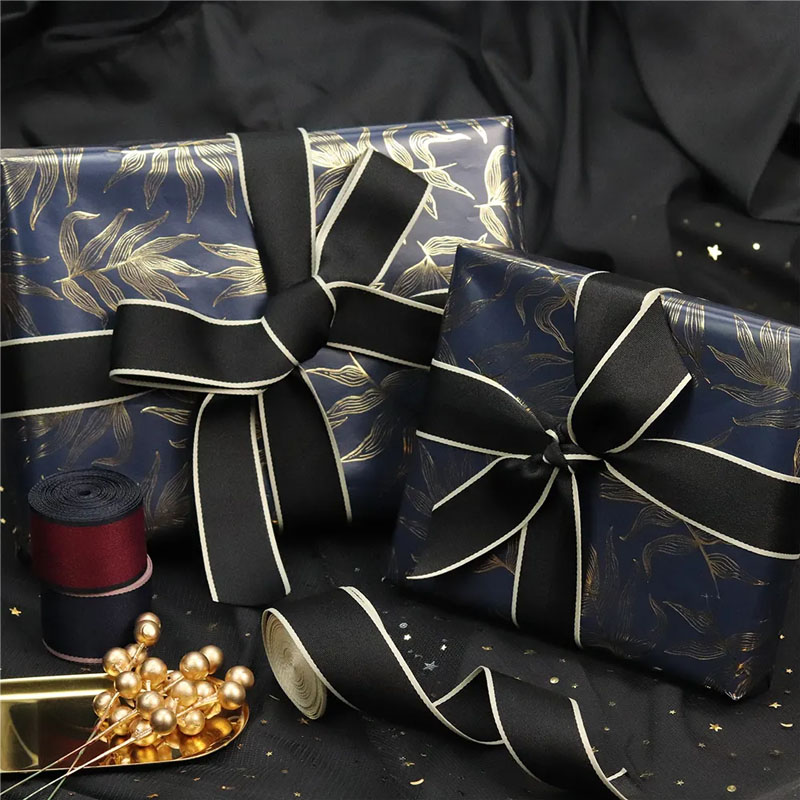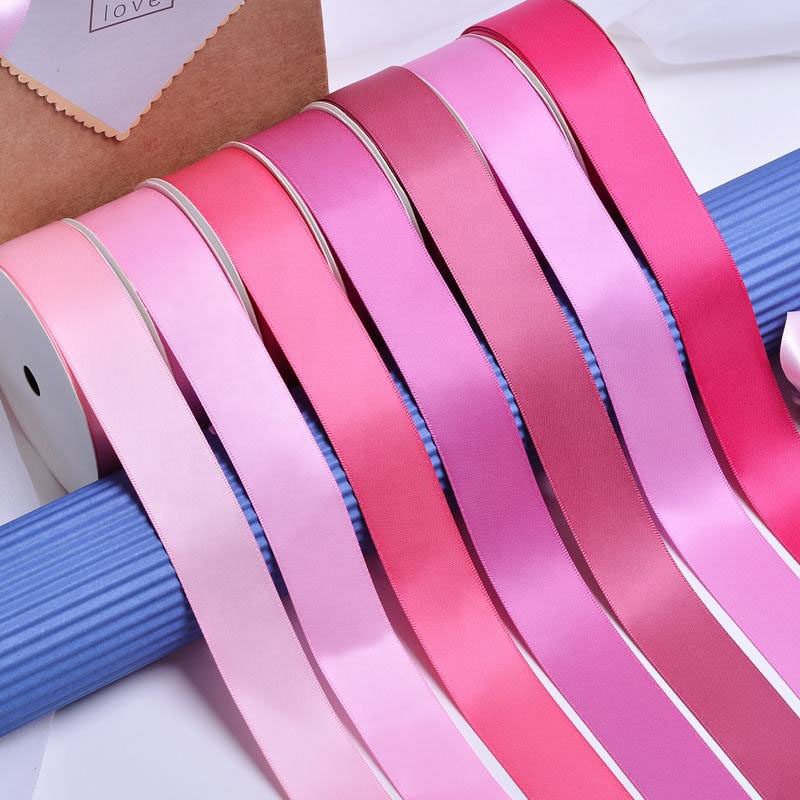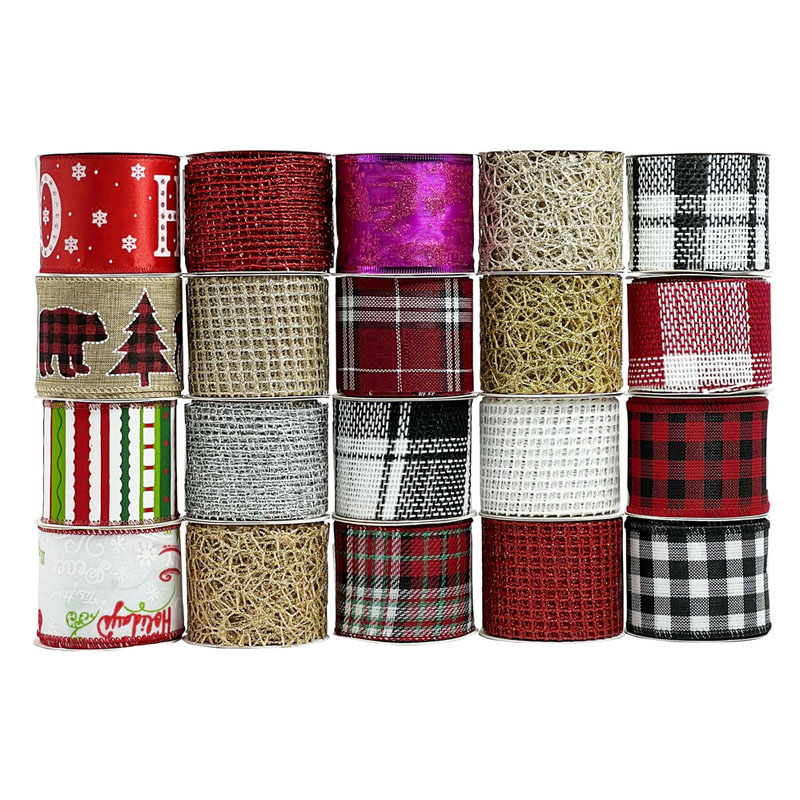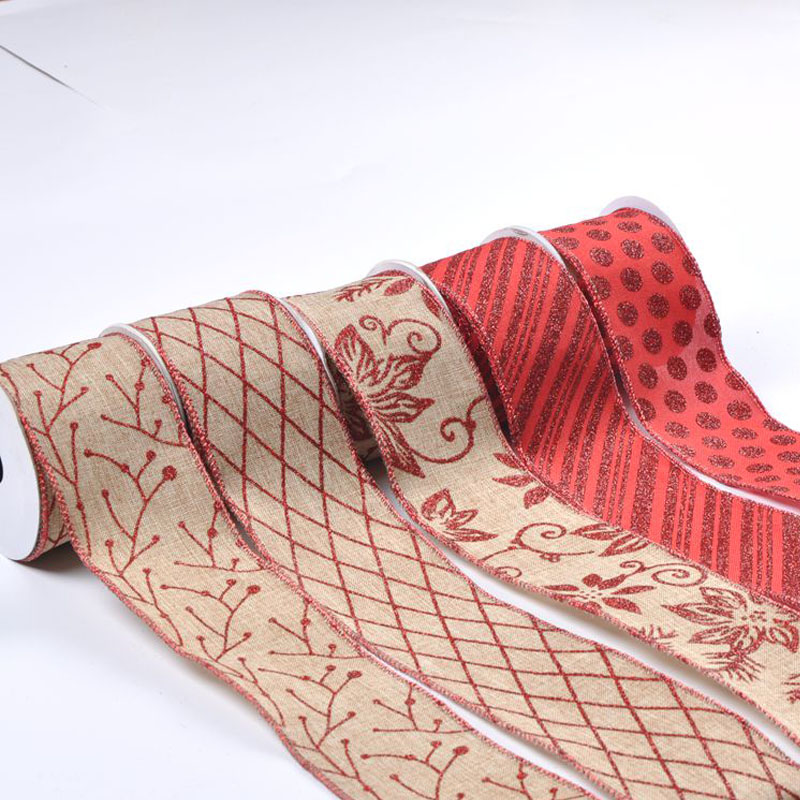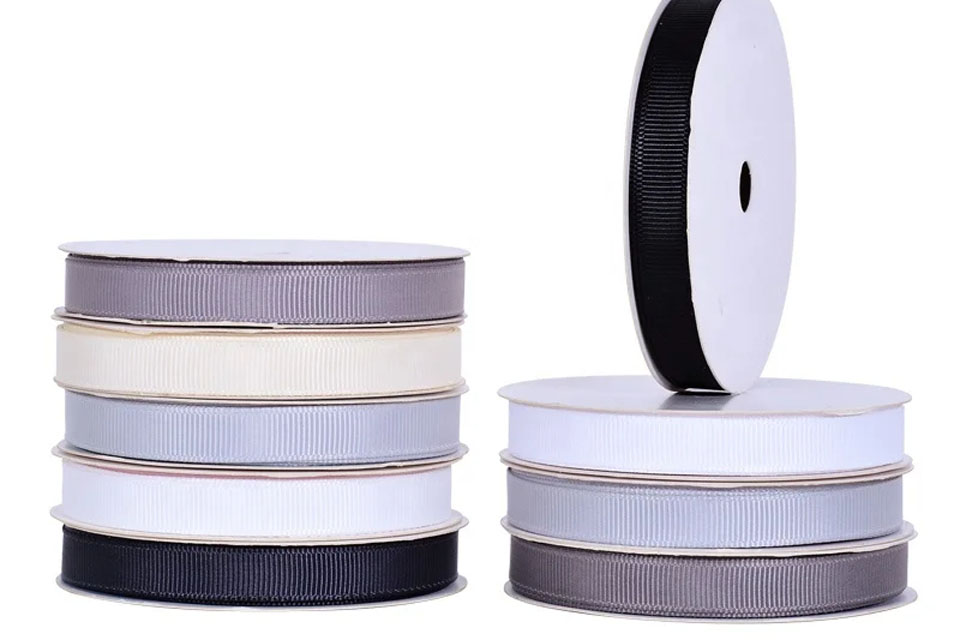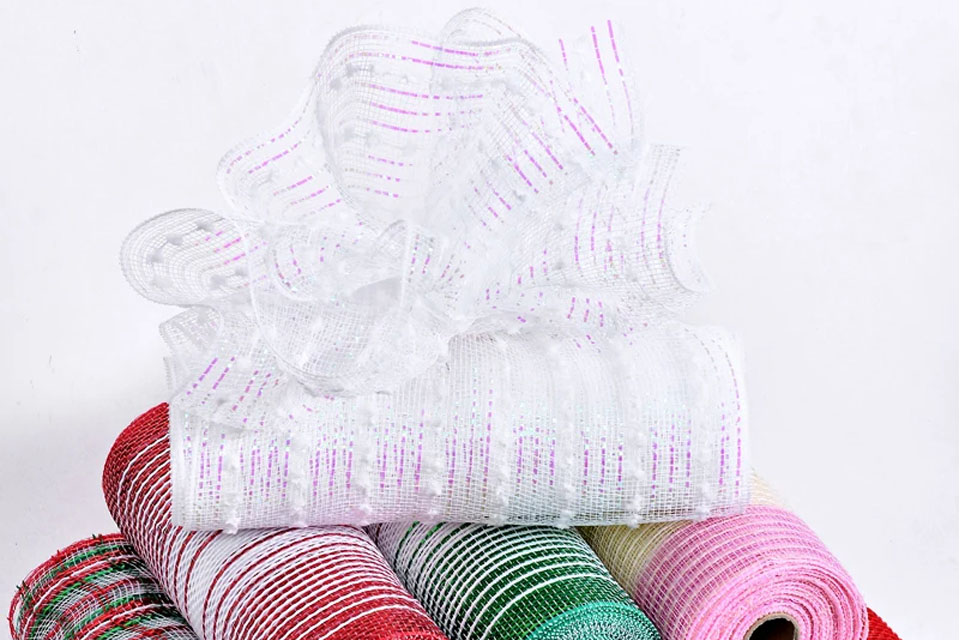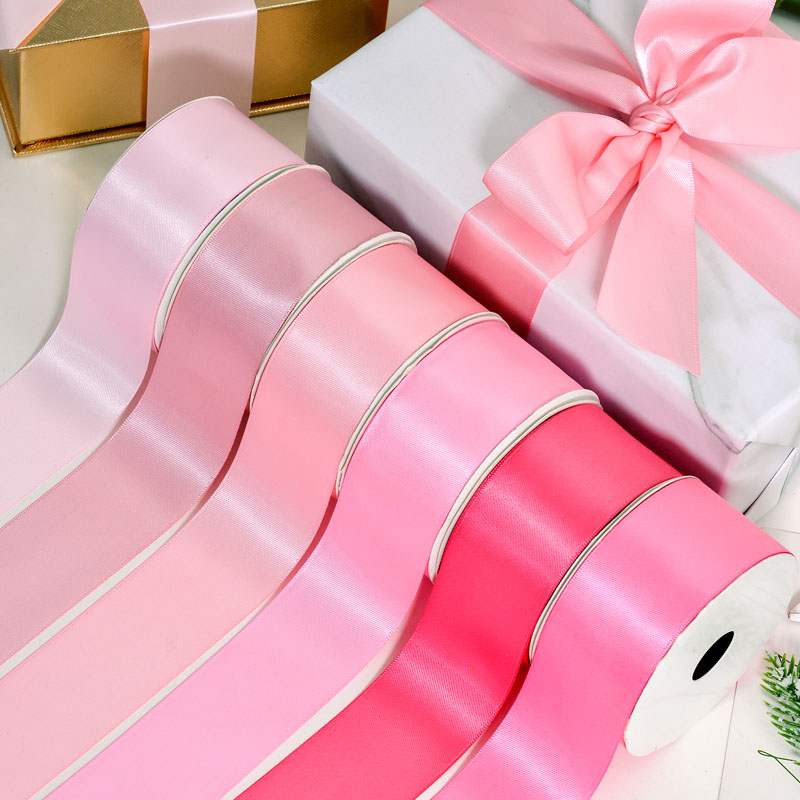
Learn the latest trends and knowledge from the leading manufacturer in China about ribbon business.
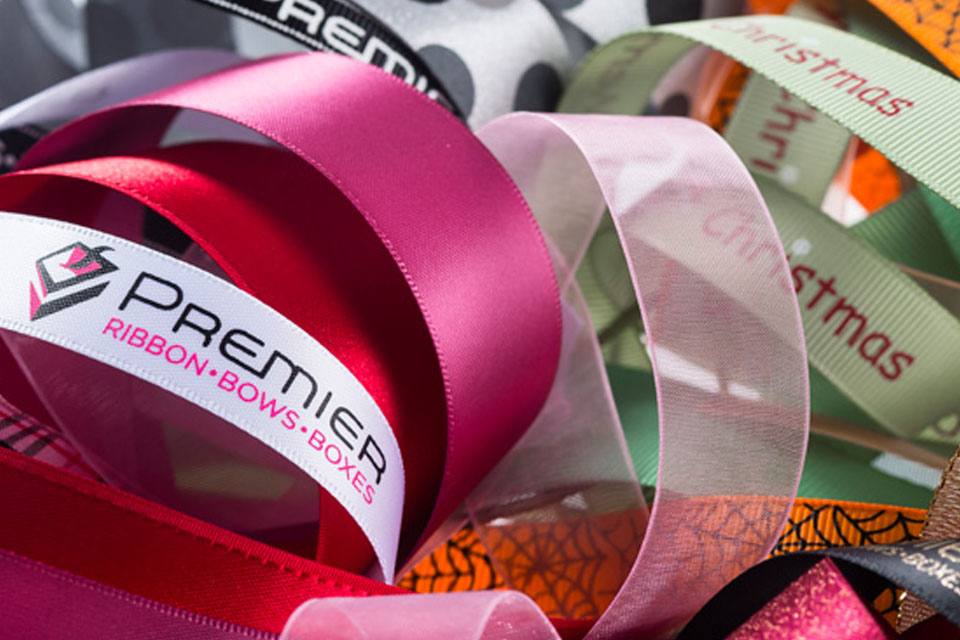
Innovative Ribbon Guide: Modern Solutions for Packaging
In today’s evolving packaging industry, the role of ribbons extends beyond mere decoration; they are essential components in elevating presentation, enhancing functionality, and contributing to sustainable practices.
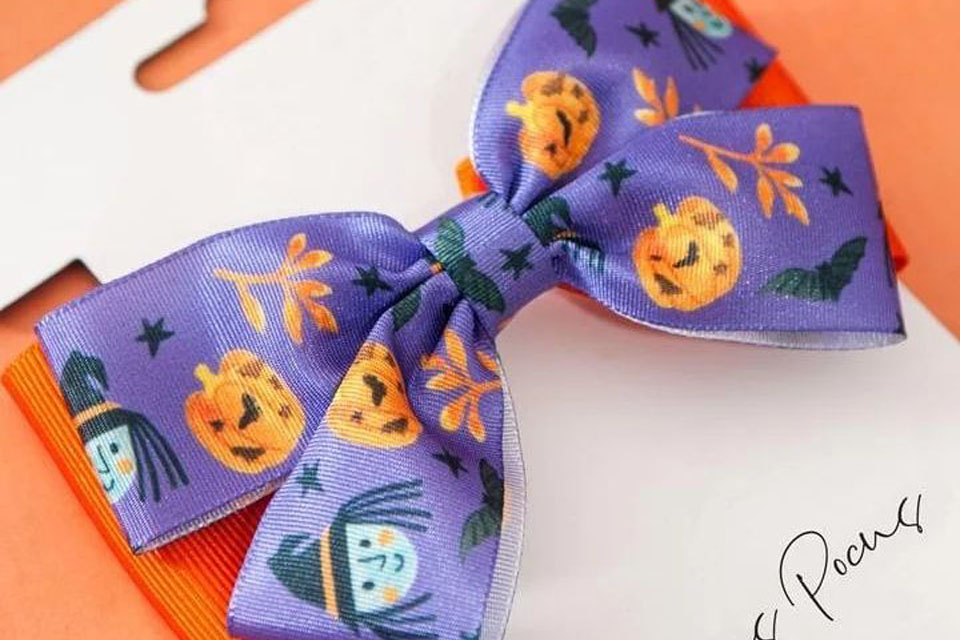
Understanding (Ribbon) Colors and Meanings: A Comprehensive Guide
Ribbons are more than just decorative accessories.

Creating Stunning Tulle Wreaths: A Comprehensive Guide
Adding a personal touch to your decor doesn’t have to break the bank. Crafting your own tulle wreath allows you to design a unique and cost-effective decoration, perfectly tailored to any season or event.

